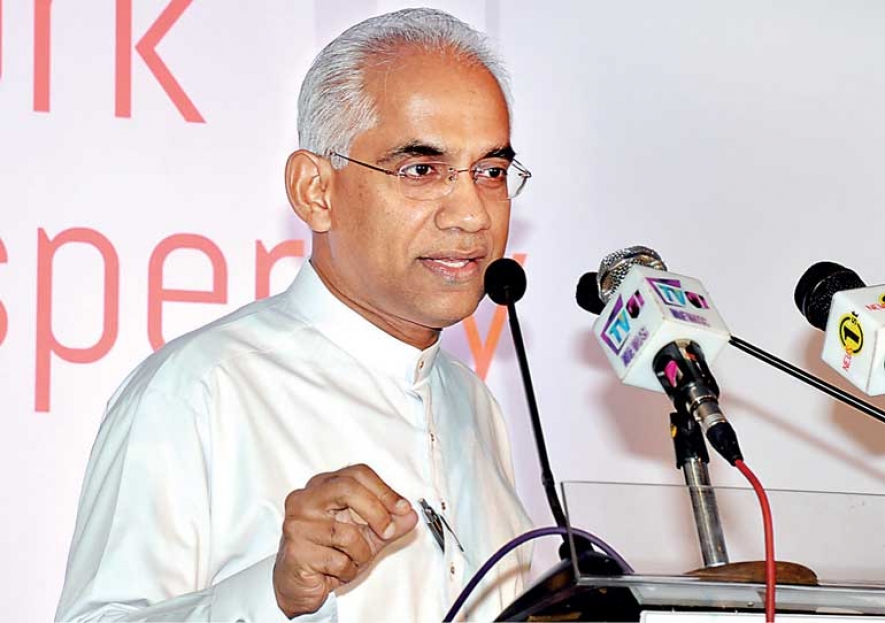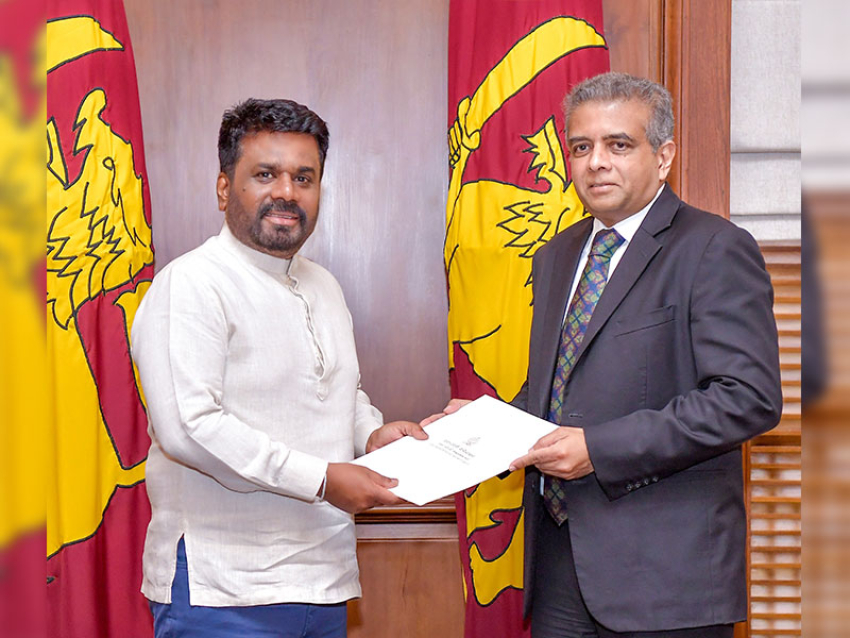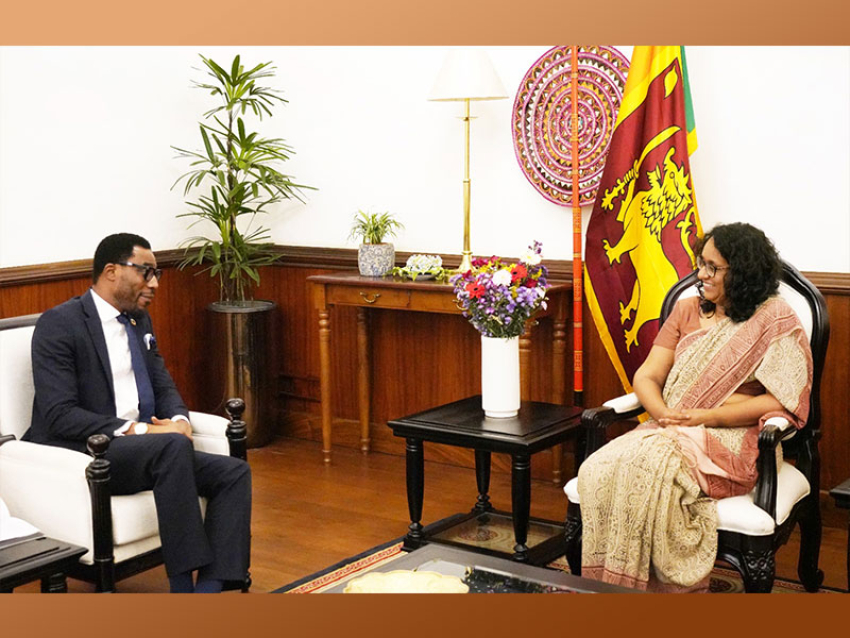The State Minister of Finance made these comments addressing a gathering of India & South Asia Investor Conference 2018 held in Mumbai on 26th February.
The Minister on the government’s action plan to achieve these goals said that, many reforms were being implemented, and a multitude of policies had been put into effect to stabilise the economy and to make a conducive economic climate for both domestic and foreign investors. As a result of the efficient management of the economy he said encouraging developments in fiscal consolidation were recorded for the first time since 1954,
“Sri Lanka had its first primary budget surplus in 2017. The improvements in the economic climate have been reflected in the sovereign ratings by Fitch and Standard & Poor as they upgraded from a negative to a stable outlook.” He said
On monetary policy, Mr Wickremaratne said that importantly, core inflation has been well within target levels, and with the Central Bank announcing a move towards flexible inflation targeting framework, inflation expectations in the economy have been well anchored.
The Minister, drawing the attention of the gathering, said Sri Lanka’s external sector has performed well with exports reaching US $11.4B, 10% more than that of 2016, and higher still than the previous best ever of $11.1B in 2014. The two strongest sector growths were seen in tea and fisheries with 20% and 40% increases respectively – benefitting from Sri Lanka’s strategy of gaining market access to Europe through GSP +. The apparel sector will also be a major beneficiary of GSP+.
GSP+: Implemented again in May 2017 and the current regulations will be valid till 2023. There was significant growth seen in industries that export to the EU as a result of GSP+. For example, the average growth rate before GSP+ (2001-04) was 11.5%. During (2005-09) it was 16.4% and between 2010-14 it was 7.4%. It is estimated that since the reinstatement of GSP+, growth in textiles & apparel, and electronics and machinery would be 21% and 28% respectively.
Among the products that enjoy 0% duty rate to EU markets are: Vehicles and vehicle parts, apparel and clothing accessories, fish, crustaceans, molluscs, animal and vegetable fats and oils and related products. In addition to Sri Lanka’s FTA with India, Sri Lanka is negotiating a comprehensive trade agreement with China. Together with the GSP+ with Europe, this will provide export oriented investors in Sri Lanka with market access to Europe, India, and China – a unique proposition.
The Minister expressed the hope that Sri Lanka’s foreign reserves which has accumulated to US $7.9B at the end of 2017 (around 4.5 months of imports) will increase to US $10B by the end of this year. While the quantum has increased, the quality of reserves too has improved, as the bulk of the reserve growth has been through earned reserves as opposed to borrowed reserves, reversing previous trends.
The improved reserve position and stability has enabled the Central Bank to consistently pursue a flexible exchange rate framework and will continue to do so in the future as well. The new foreign exchange Act of 2017 will provide further liberalisation of the capital account including more flexible outward investment and capital flows from Sri Lanka. This will encourage further investment into Sri Lanka’s capital market.
On the side of governance, the Minister commented on the achievements of the regime since it was elected in 2015. He referred to the 19th Amendment to the constitution that established independent commissions, including the procurement commission, and the Right to Information Act which was a step towards greater transparency. The government is also in the process of setting up a system of E-Procurement and passing a new National Audit Bill which has been approved by cabinet. Furthermore, a Code of Conduct for Members of Parliament has been finalised and will be adopted soon.



















